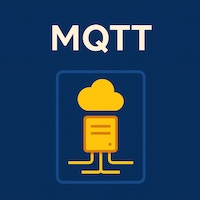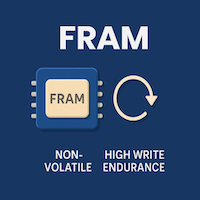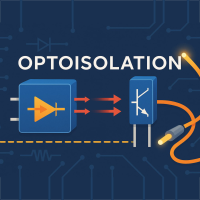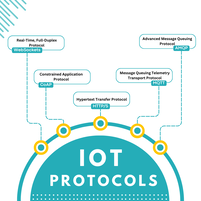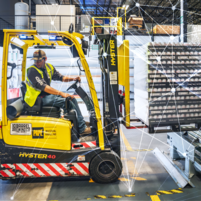How does IoT Work?
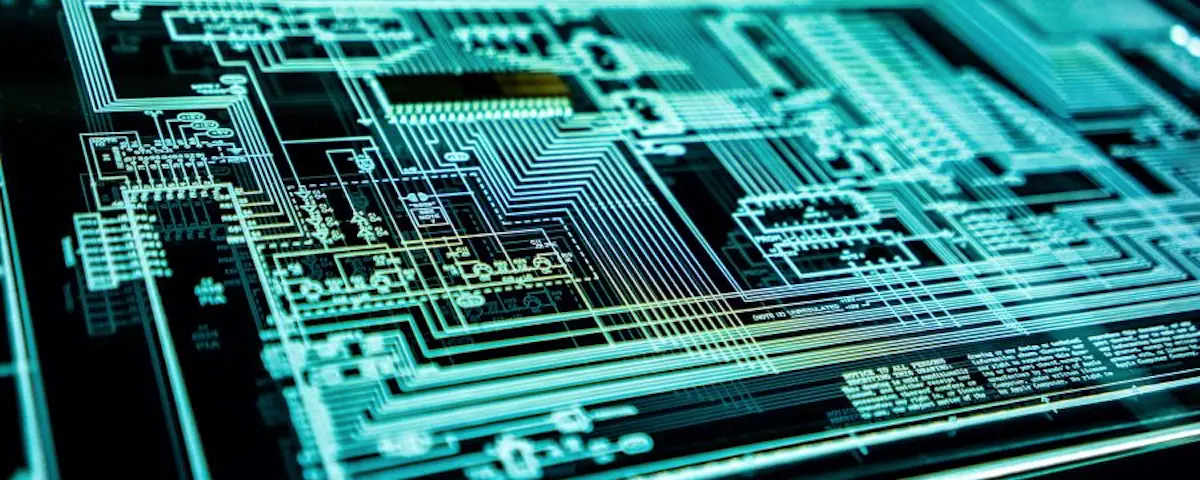
In the internet of things, any natural or man-made device that can be issued an Internet Protocol (IP) address and can communicate data across a network may be considered a thing.
To increase operational efficiency, better understand their customers, enhance decision-making, and boost the company's value, companies across a broad variety of industries are rapidly turning to IoT.
Sensors and devices, connections, data processing, and a user interface are all part of a fully working Internet of Things (IoT) system. We'll go through each component and what it does in detail below.
How Do IoT devices work?
It is possible to link "smart" gadgets to the internet and employ embedded systems (such as sensors and central processing units) to acquire data from the environment in which they are placed and communicate, reply, or otherwise interact with it. Internet of Things" devices include these ones (IoT). In the industry, these gadgets are referred to as "connected devices." Depending on whether an Internet of Things gateway or a similar edge device is used to link Internet of Things sensors to the cloud, data can either be sent to the cloud or processed locally. If certain conditions are satisfied, these devices may be able to interact with each other and take action depending on the information they get from each other. It is rare for machines to do most of the work independently, even if humans interact with them to set them up or give them instructions.
Finding out about a device's connectivity, networking, and communication protocols is highly dependent on the exact Internet of Things application being used.
Artificial intelligence and machine learning, when used in conjunction with the Internet of Things, have the potential to make data collection both simpler and more dynamic.
Sensors/Devices
In the beginning, sensors or devices gather information from the environment and store it. Everything from a temperature reading to an entire video feed may be streamed at the same time.
As a result, the phrase "sensors/devices" has been used since it is possible to combine numerous sensors into a single unit, or sensors may be a part of a device that performs other duties in addition to detecting. Even though your smartphone has a camera, accelerometer, GPS, and other sensors, it cannot be called a sensor in and of itself.
Regardless, data is being gathered from the surrounding environment at this stage. This might be a standalone sensor or a whole device.
Connectivity
Afterwards, that data is sent to the cloud (what is the cloud?), but it must first get there! Cellular, satellite, WiFi, Bluetooth, low-power wide-area networks (LPWAN), and ethernet may all be used to link sensors and devices to the cloud. Other ways include cellular, satellite, WiFi, Bluetooth, and LPWAN. Another approach is to use a low-power local area network to connect to the cloud (LPLAN).
We may summarise the trade-offs in the following ways: power consumption, range, and bandwidth. Internet of Things applications choose which connection option is best; all of them transfer data to a cloud-based storage location in some form or another.
In computer science terms, this is known as "data"
There are a variety of software processes that may be applied to the data after it has been stored in the cloud. Temperature readings might be checked to see whether they fall within a reasonable range here. Some examples include detecting certain objects in a video by utilising computer vision to analyse the footage (such as intruders in your house).
But what if the temperature is too high, or if there is someone else in your house who should not be there? This is the responsibility of the user.
The User Interface
Afterwards, the information is presented in a fashion that is useful to the user. An alert to the user might be used for this (email, text, notification, etc). For example, if the temperature in the company's cold storage rises dangerously, an SMS alert may be sent out.
Having access to a system status screen may also allow users to keep tabs on the system as a whole. Video feeds in the house, for example, may be seen through an app on a smartphone or a browser on a computer.
But there are times when traffic only travels one way. Depending on the Internet of Things application, the user may also be able to perform an action and affect the system. As an example, a user may utilise a mobile app to adjust the cold storage's temperature from a distance.
And in certain cases, no human interaction is required at all. It's possible that the system will automatically alter the temperature instead of waiting for you to do so. If an intruder is discovered, the Internet of Things system may immediately notify the proper authorities rather than just contacting you.
A Look at the Reality of the Internet of Things
Sensors and other devices that can connect with the cloud are part of an Internet of Things (IoT) system. After data is uploaded to the cloud, it is evaluated by software to determine the next course of action. As a result of this choice, a user may get a warning or have sensors or equipment automatically adjust themselves so that the user does not have to intervene.
A user interface, on the other hand, allows the user to check in on the system whenever they want or to provide feedback when the system asks for it. Users' actions and input are sent back to the sensors and devices through the system in a loop, starting at the user interface and finishing in the cloud before being relayed again.
IOT Functional Benefits in Nutshell
There are several benefits to using the internet of things, the most significant of which are the ease and improvement of everyday life as well as professional performance. Internet of Things (IoT) is a must-have in the commercial sector as well as a handy tool for home automation. As a result, organisations can monitor their systems in real-time and get valuable insight into a broad variety of issues such as the performance of different pieces of equipment, supply chain operations and logistics.
There are several benefits to the Internet of Things, including automation and a decrease in labour costs (IoT). Both the production and distribution costs, as well as customer contact transparency, have decreased as a direct result of these initiatives.
When it comes to everyday life, the Internet of Things is a vital component, and its popularity will continue to expand as more organisations realise the significance of connected devices in order to retain a competitive edge.
Explore more
Need any help in IoT?
Need any help in IoT? An Atreyo expert identify the right solution for your needs.
If ready to talk to an Atreyo expert
Interested in IoT products? go to
